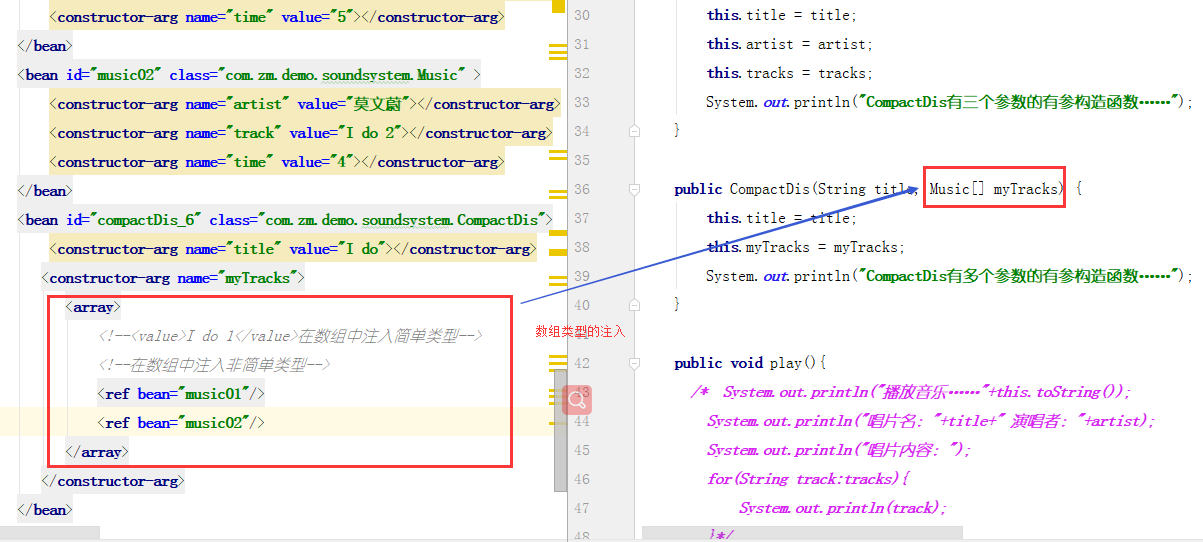


If we request an HTTP request with rmi protocol, it will throw the .Ĥ. HTTP request will start with and RMI protocol starts with rmi// or WebSocket protocol start with ws://. Protocol mismatch: We know that HTTP, RMI, Websocket, etc. Server, but your client programs trying to access the server withĪdministrator provided credentials, the client program will get theģ. Some IP address and PORT to you to access the server. Server is stopped: Suppose a server administration gave Then it will get this kind of exception.Ģ. PORT or IP is incorrect: If PORT or IP is wrong, then the client will not be able to connect In this article, we will describe why this communication channel exception occurs in the first part, and in the second part, we will explain how to solve it.ġ. Read Also: Reached end of file while parsing error Sometime, it will generate Connection refused exception for some communication channel error. Remote Method Invocation (RMI) also uses the TCP-IP protocol for communication. Most of the socket programming uses TCP-IP protocol for communication between client-server. Java programmers have written socket programming for client server-based architecture. Take a look at docker service discovery for a solution to that problem.Java is famous for networking applications. While this works well for containers running on a single host, generating configs for remote hosts requires service discovery. This can simplify deployments as well as improve availability. Generating nginx reverse proxy configs for docker containers can be automated using the Docker APIs and some basic templating. Websocket support or other features, take a look at the If you need HTTPS, would like to run docker-gen in a separate container from nginx,

Start your containers with a VIRTUAL_HOST environment variables: $ docker run -e VIRTUAL_HOST= -t. Run nginx-proxy container: $ docker run -d -p 80:80 -v /var/run/docker.sock:/tmp/docker.sock -t jwilder/nginx-proxy I created a trusted build with this setup to make This simplifies iterating over the containers to generate a load-balanced backend and also enables zero-downtime deployments. It uses a custom groupBy template function to group the running containers by their VIRTUAL_HOST environment variable. The template is implemented using the golang text/template package. This example nginx template can be used to generate a reverse proxy configuration for docker containers using virtual hosts for The same approach can also be used for docker log management. Using docker-gen, we can generate Nginx config files automatically and reload nginx when they change. Templates are rendered and an optional notification command can be run to restart the service. These APIs can be used to generate a reverse proxy config automatically.ĭocker-gen is a small utility that uses these APIs and exposes container meta-data to templates.

In addition, it also provides a real-time events API that can be used for notifications when containers are started and stopped. Typically the configuration needs to be updated manually which is error prone and time consuming.įortunately, Docker provides a remote API to inspect containers and access their IP, Ports and other configuration meta-data. Setting up a reverse proxy configuration can be complicated when containers are started and stopped. This also complicates rolling out new versions of the container without downtime since the old container must be stopped before the new one is started.Ī reverse proxy can help with these issues as well as improve availabilty by facilitating zero-downtime deployments. For example, only one container can bind to port 80 at a time. By default, the IPs and ports are private to the host and cannot be accessed externally unless they are bound to the host.īinding the container to the hosts port can prevent multiple containers from running on the same host. Why Use A Reverse Proxy With Dockerĭocker containers are assigned random IPs and ports which makesĪddressing them much more complicated from a client perspsective. When running web services in docker containers, it can be useful to run a reverse proxy in front of the containers to simplify depoyment. Comments docker nginx service golang docker-genĪ reverse proxy server is a server that typically sits in front of other web servers in order to provide additional functionality that the web servers may not provide themselves.įor example, a reverse proxy can provide SSL termination, load balancing, request routing, caching, compression or even A/B testing.Automated Nginx Reverse Proxy for Docker


 0 kommentar(er)
0 kommentar(er)
